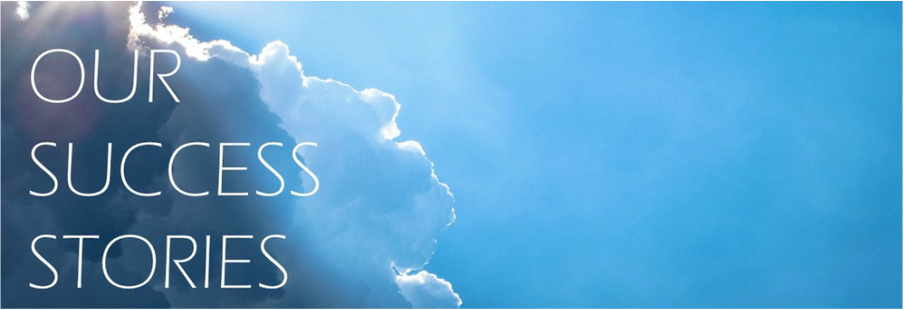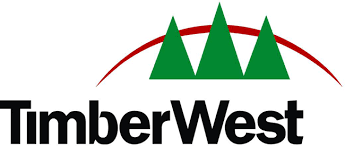THE SHAWNIGAN BASIN SOCIETY
|
The Shawnigan Basin Society, a non-profit organization, was incorporated in October 2012. We work to promote a holistic approach toward environmental solutions, community engagement, and local stewardship.
Our Mission: Working to protect and secure the long-term health and safety of the Shawnigan Lake Community Watershed and the drinking water it provides. WHAT DOES THE SBS DO?
|
ECOLOGICAL DESIGN PANEL
|
The Design Panel is modeled after architectural design panels common to urban settings for the purpose of assisting developers in preparing proposals for land use, which bring environmental integrity to their design forefront by providing a net ecological gain to the Shawnigan Lake watershed.
|
Solidifying Understanding with a Scientific Ecosystem-Based Conservation Plan
Engaging the community in participating in working towards our baseline understanding of the state of the watershed and support discussion and informational events on how to protect and restore the watershed into a state of ecological integrity. “From Foreshore to Forest” assumes the goal of developing a Shawnigan Lake Watershed Master Plan and securing the hydrological proficiency of the Shawnigan Lake watershed so as to provide clean and abundant drinking water to in perpetuity. Such achievements reinforce potential and local power to assume control for the long-term protection of the community’s drinking water supply as climate change, development pressures, and environmental degradation work to further the cumulative vulnerabilities imposed upon the lake.
|
The importance of relevant and professional research to determine “where we are” cannot be overstated as the Shawnigan Lake basin is responsible for providing clean drinking water to all members of the community! |
TimberWest/Couverdon - Shawnigan Basin Community Engagement
|
The Basin Society underwent a major success through collaborative work with TimberWest, a significant stakeholder in the watershed and western Canada’s largest timber and land Management Company. Undertaking professional and evolved perspectives, TimberWest managers undertook the task of considering new approaches to land and forest management practices specific to Shawnigan Lake.
Their Real Estate Arm, Couverdon, hired a community planning company, Ekistics, who facilitated (at their expense) several “Thinking like a Watershed” meetings. Doing so engaged the community at large and encouraged an increased understanding of the watershed related realities faced by the Shawnigan Lake community. |
Overall results from this exercise include: relationship building, ecologically premised discussions, the donation of extensive mapping including:
1) Shawnigan Basin Bio-Physical Mapping consisting of areal and cadastral, contour base, landform analysis, slope analysis, aspect analysis, forest cover, and aquifer vulnerability. Additionally, Couverdon was responsible for the creation and community donation of a $10,000 3-D hard density foam model (1/10,000 scale) depicting the watershed and its geographical surroundings. These acquisitions are valuable tools which illustrate the fragility of the Shawnigan watershed and the need for long-term planning and protection. 2) Community Mapping consisting of aerial and cadastral, contour base, Official Community Plan land uses, Shawnigan Basin and “South Cowichan” zoning, land ownership, development patterns, lot size classification, and sanitary infrastructure and |
Office Board Table Donation - $25K
Eugene Laughren of Raven Creek Timber Products along with John Lore of Live Edge Design, Russ Crawford of Mid Island Aggregate, Owen Kelly of Victoria Construction, and Malahat Nation donated a stunning reclaimed west coast Douglas Fir old growth single-slab 21 foot table, which has been integrated as our Basin Society Board table. A conversation piece, to be sure, where 24 people often sit to discuss the many projects and initiatives taking place in the Shawnigan community.
RESEAU Water Quality Enhancement Study - Mason's Beach
|
Shawnigan Lake was also the recipient of a unique opportunity from UBC who, partnering with the CVRD, Ecole Polytechnique, Veolia, and UVic, sent John Bergese, Laurent Oligny, and David Chan to our local Mason’s Beach where a $2 million mobile laboratory conducted a water quality study for eight months. Resulting conclusions will offer alternatives from traditional chlorine added techniques to more modern and effective means of treating water drawn from the Lake. Findings will also ultimately support recommendations on best practices to enhance the water quality for Shawnigan Lake residents who rely on the Lake as their drinking water source. This initiative came at no cost to our residents as senior government paid for the study for the purposes of case study acquisition.
|
Community Outreach
|
Local Collaboration, Unified Thinking and Planning for Our Future
|
|
The Basin Society gained valuable information by hiring biologist Jenny Berg, in collaboration with the Shawnigan Residents Association member, Grant Price, Jenny was able to conduct a photographic inventory of the entire Shawnigan Lake foreshore, categorize her findings. This undertaking will be used to create a best practices brochure as well as to highlight a second foreshore restoration project as a lakeshore property owner works to ecologically protect the integrity of his waterfront from recreation induced erosion.
|
Great strides were made in linking the work of the CVRD’s Advisory Planning Commission, the Ecological Design Panel (a professional technical advisory volunteer group) and the work of the Basin Society. Doing so caused motivated and logistical development of objective criterion to be used when considering land use and rezoning applications. As all land use applications are first deliberated by the APC who then make recommendations to the Area Director, procedural changes mean they are now considered on individual and holistic merit, are assessed “on the ground” (in most cases with the help of an ecological professional), and are evaluated using an ecological lens, which fundamentally emphasizes that all applications must demonstrate that a net ecological gain will be achieved in the watershed as a direct result of development approval.
|
Three Master Student Final Research/Thesis Projects Conducted for Shawnigan Lake
|
Mar Martinez, a Landsat remote sensing specialist and accomplished biologist with extensive fieldwork experience, succeeded in completing her master of science degree in Environmental Practice from Royal Roads University for her paper entitled Monitoring Vegetation Changes in the Shawnigan Watershed with Remote Sensing: A Study in Support of Adaptive Management and Ecological Governance. Mar will also be continuing to work with the Shawnigan Basin Society in further remote sensing analysis and has been absorbed as a member of our community’s Ecological Design Panel given her expertise and ongoing interest in the Basin Society’s work. Congratulations and infinite appreciation also to Ms. Martinez for her significant contribution to the Shawnigan Basin Society and the residents of Shawnigan Lake!
|
Kelly Musselwhite, completed her MEP from Royal Roads University. Her abstract reads: The objectives of this paper are to investigate the current governance model in Shawnigan Lake, to identify its problems and consequences, and to recommend improvements. As such, two research questions will be considered: What is the current governance model for Shawnigan Lake, BC? and what other models might promote better environmental outcomes to maintain a healthy community and economy? Shawnigan Lake is the largest populated unincorporated electoral area in the province and perfectly characterizes how fragmented jurisdictions prevent a cohesive environmental, social, economic, and political commons. With forty-five distinct regulatory authorities, collaborative and place-based decision-making is prevented while cumulative ecological impacts are enhanced. By undertaking a quantitative and qualitative analysis, this paper compares alternative governance models to that being developed by the SBS, a local NGO working toward participatory ecological governance designed to overcome fragmentation, implement long-term sustainability.
|
Christine Westland, the Clinical Nurse Specialist for Adolescent Mental Health at First Nations Health Authority for the more than 200 First Nations Bands across the province of BC, completed her community development master’s degree for her paper entitled What Do Community Members of Shawnigan Lake Perceive to be the Assets and Strengths of the Community and conducting a qualitative analysis of responses. Christine also created a hand-made quilt stitched with quotes taken from her interviews. Significantly, the center square reads "The lake is what defines us. Protect it!" Congratulations to Mrs. Westland for her achievement at the University of Victoria and much gratitude for her dedication to the betterment of her own community!
|
Web Design by VedaWorks and the Shawnigan Basin Society





